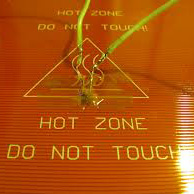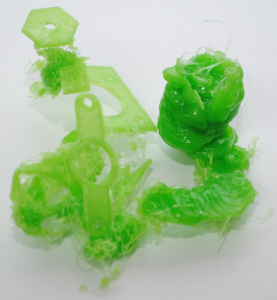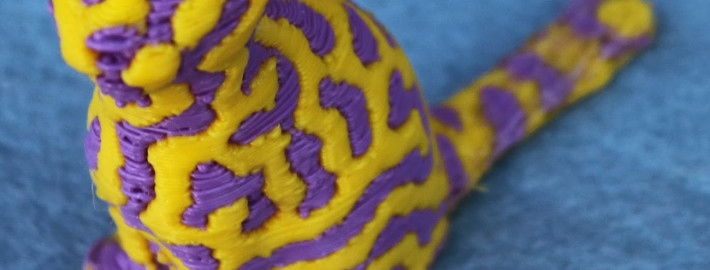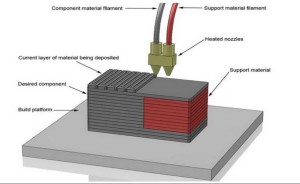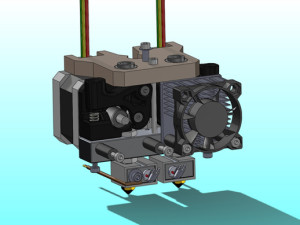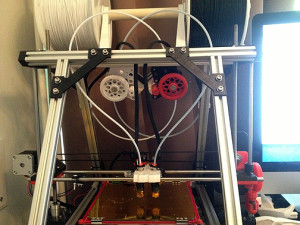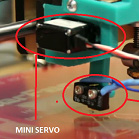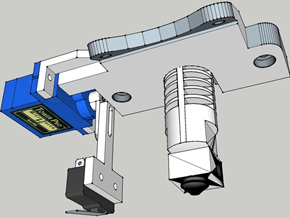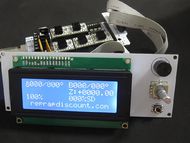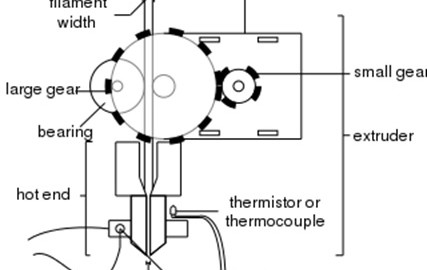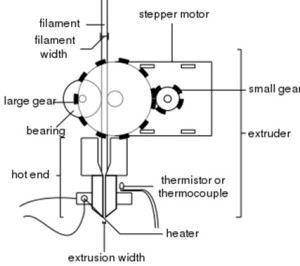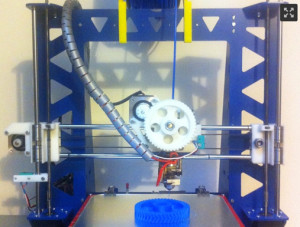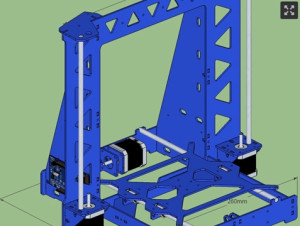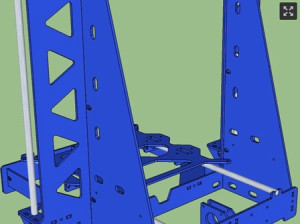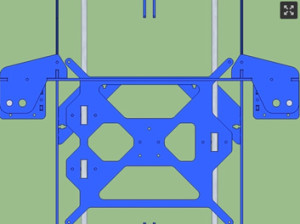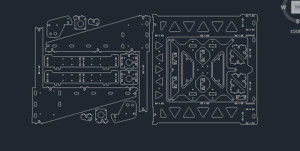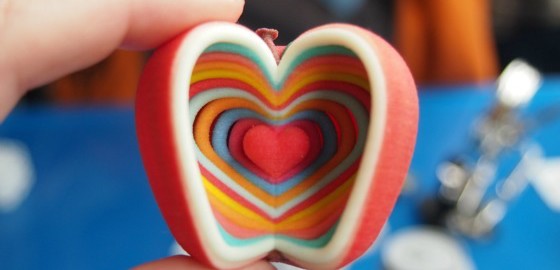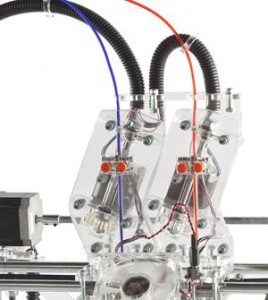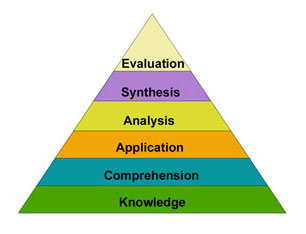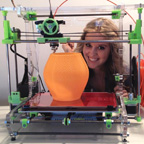Heated Bed Upgrade
By Mustafa Alkhulaitit – Project Manager
This research study is targeting the heated bed technology for 3D printers. Advantages and disadvantages will be analyzed in depth in this blog. First of all, there are many reasons why every 3D printer needs a heated bed. Heated beds are used because they dramatically improve the quality of the printed object. The quality is greatly improved because heated beds keep the extruded plastic warm and as a result, prevent warping. The main reason why a heated bed must be added is to prevent warping. Warping is a common condition caused by plastic on the edges of the part cooling down at an uneven rate when compared to the plastic inside of the part. The result is that corners warp up and deform your model.
Heated beds work by keeping the object warm during the whole printing process which keeps the material at or above heat-deflection temperature. Keeping the parts in the heat-deflection range ensures that the part remains flat on the print bed. There are multiple types of heated beds such as:
Aluminum Clad Resistors
-
- Cheap price compared to other types
- Handles both types PLA and ABS
- 12V powered
Figure1. ACR Heated Bed
- PCB Heat Bed
- Even heat distribution
- Simple implementation
- Small space required
- Lightweight
- More expensive than the Aluminum Clad Resistors
- Has two sides: top side is safer, while the bottom side is more effective and heats up quicker
- Silicon Heating Mat
- Fast heating and reliable
- Very low height
- Easy to install
- Integrated thermostat
The following table shows the deflection points for the PLA and ABS:
|
PLA |
ABS |
|
50-60⁰C |
100-110⁰C |
In general, adding a heated bed platform will greatly improve reliability, which is one of our main objectives. The only exception where we are not going to need a heated bed is that if we use Nylon as our printing material. If Nylon is used, a wooden platform is enough for the object to remain stable on the platform.

